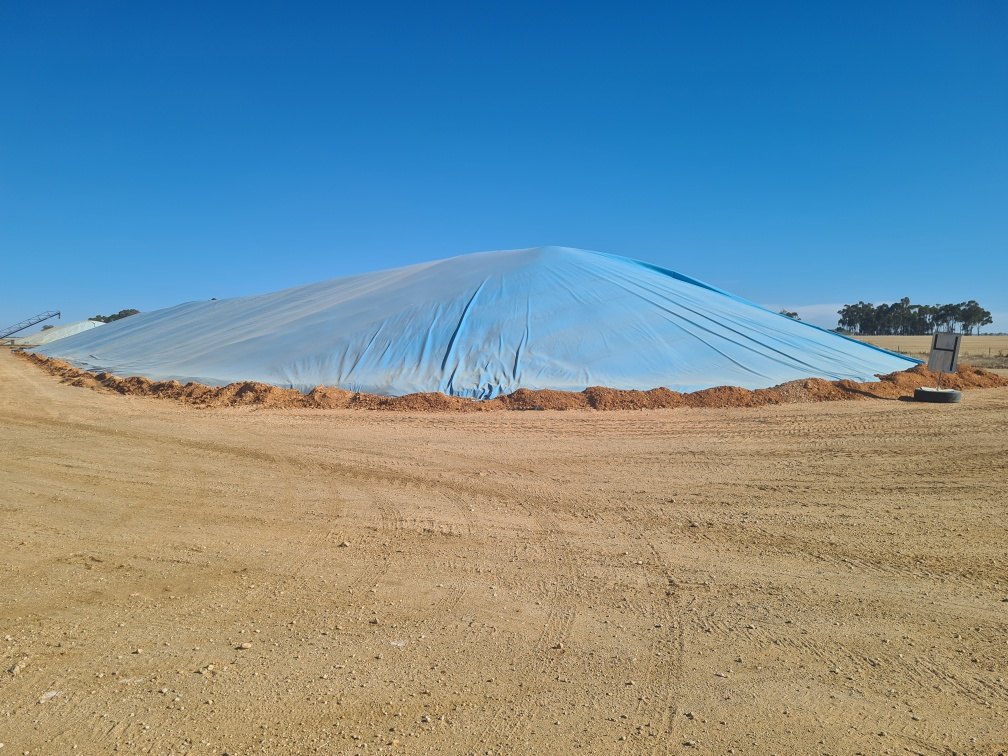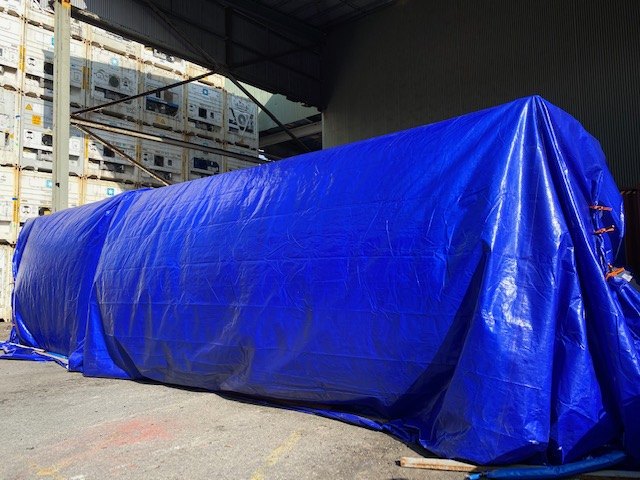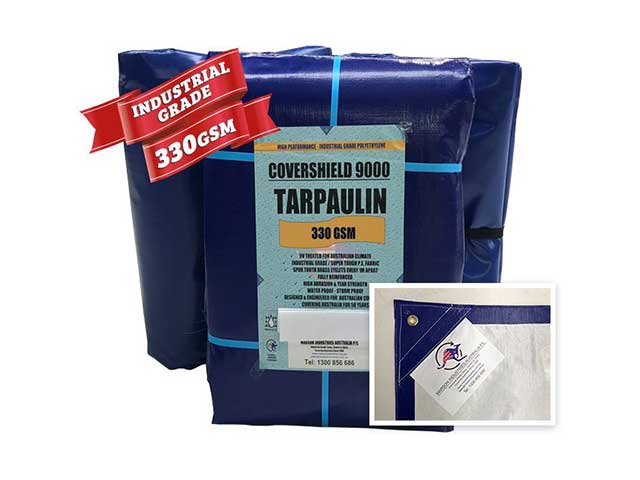Tarps, Covers & Liners. Industrial Textile Fabrication.

Are you curious to learn some interesting chemical bunding facts? Well, in this guide, we are going to present several unique and interesting chemical bunding facts that will quickly give you a better understanding of the process, and hopefully, entertain you as well! With this in mind, let’s dig in and take a closer look at the facts surrounding chemical bunding.
- It’s a crucial legal requirement
There’s no denying how hazardous certain chemicals can be to the environment, which is why there are many laws and regulations around the process of chemical bunding, and it’s also an important legal require for certain storage sites.
In general, any business that requires the storage of dangerous and hazardous liquids, such as fuel, will be legally required to use some form of secure chemical bunding in order to protect the environment.
It’s worth noting that this legal requirement is very strict in certain countries, simply because a secure chemical bunding will go a long way towards acting as a double barrier for dangerous liquids and chemicals, and they can also significantly help to reduce environmental pollution as well.
- What is a bunding exactly?
At its core, a chemical bunding is simply a structure that’s used as a wall within a containment system such as a storage tank ñ and its primary purpose is to stop the internal liquid from being spilled.
However, the term bunding can equally apply to any other kind of barrier that’s used for the purposes of containing liquids ñ such as dikes, for example.
- The importance of sizing
One of the most important features of chemical bunding is getting the correct size. In most cases, it’s essential to ensure that the bunding is both durable and large enough to hold the full contents of a tank. For obvious safety and efficacy reasons, this allows the bunding to give full protection to the external environment by allowing the bunding to accommodate the entirety of the internal liquid if needed.
What’s more, many regulations state that the bunding needs to be even bigger than the internal container, with 110% sizing being a crucial law in many countries. Additionally, some regulations will stress the importance of the bunding being up to 33% larger than the internal container for further assurance and safety.
- The importance of using the right materials
As you would expect, the construction of a chemical bunding is very important, and the materials need to be able to safely accommodate the inner liquid without any risk at all.
In most cases, the material needs to be able to prevent any adverse chemical reactions from occurring, so the process is rarely as simple as sticking to one type of material ñ because it will often depend on what type of chemicals are being stored.
However, it’s vitally important for the bunding to be completely impervious to liquid, so for this purpose, concrete is often used. Now, as you may already know, concrete isn’t truly imperious, but for most chemical bunding needs, it’s more than adequate ñ as well as being cost effective and incredibly durable, which is just a few of the reasons why it’s often considered to be a chemical bunding material of choice.
Additionally, to prevent the risk of further chemical reaction, the chemical bunding surface will usually be covered with a special paint that will help to prevent any chemical reactions from occurring over time.
- Where chemical bunding is stored
Preventing adverse chemical reactions is a key feature of quality chemical bunding, and as such, its storage location plays a key role.
Specifically, it’s very important to prevent rainwater or external liquids from entering the container, so to prevent this, the bunding will often be stored in some sort of roofed facility.
In the circumstances where this isn’t possible, then there will be additional protection to stop rainwater from infiltrating the container. This will often take the form of a sewage or drainage system, which goes a long way towards preventing rainwater from ever coming into contact with the protected liquids inside the container.
- Understanding the costs
The overall costs of quality chemical bunding can be rather high, depending on the level of protection your container needs, combined with the overall size requirements, too.
Costs can be cut in certain circumstances, depending on the type of chemical you need to contain, but this is rarely advised.
However, one option is to bolster the effectiveness of an existing chemical bunding system by using special resin coatings which lend extras strength and resilience to an existing chemical bunding solution.
These resin coatings can often be sprayed for ease of application, and it’s a fantastic way to secure a container without enduring crippling financial costs.
- Conclusion
Overall, this guide has shown you several interesting facts about the chemical bunding process, so you should now have a much better understanding of what the process involves, and why it’s so important in many industries.
While the process can be costly and time-consuming in some cases, there’s no denying how important it is ñ not only for staying in line with existing laws and regulations but also from protecting the environment from dangerous containments that could have a very dangerous effect on the surrounding area.
In general, these chemical bunding facts are some of the most important things you’ll even need to know about the chemical bunding process.
Share this post



